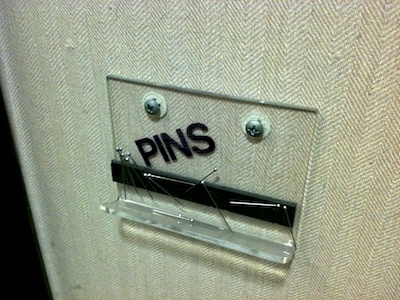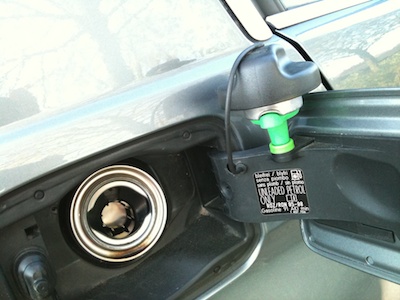As part of a regular health check, I went to the hospital for a scheduled blood test this morning. Surprisingly, when I arrived, the lab was closed. Or so it seemed to me.
The door to the lab reception room was shut, and a sign mounted next to it stated that if the lab reception was closed, one should press the button on the adjacent intercom panel to get help.
I went ahead and pushed that button, heard a ringing tone through the intercom’s speaker, and waited; and waited; and waited some more. Until I heard that tremendously annoying sound of someone picking up at the other end, and immediately hanging up again. I found that rather peculiar and quite confusing.
I knew I was in the right place, because the sign above the door clearly stated “Laboratory.” I also knew I was there at the right time, because I had an appointment, whose time and date I had double-checked.
So I pushed that button again; heard the ringing tone again; and waited again. And then, just to be sure, I decided to give the door a gentle push to see whether it was actually locked, or just closed. I wish I could have seen the expression on my face when the door swung open without much effort.
What had gone wrong here?
One detail I have not mentioned yet, is that the door had one of those round knobs that (usually) cannot be rotated, and a safety door lock. My mental model of such a type of door — at least until today — says that if the door is closed, it is also locked, and that to unlock it, you must have the matching key. Which is a pretty accurate mental model, unless the specific door’s lock catch mechanism can be set to an “unlocked” position.
Consequently, just seeing this specific door made me assume that it was actually locked, and it did not occur to me to even try pushing it open.
I feel that the explanation on the sign further reinforced my assumption, because it emphasized that, at times, that door is, in fact, locked. To fix this, I’d suggest adding a single sentence to the instructions panel: instead of “If the lab reception is closed…” it should say “Please push the door open and enter without waiting for you to be called. If the lab reception is closed…”.
The difference is this: the first quote can be interpreted as “If the door appears to be closed/locked…”, whereas the second is closer to “Do check whether the door is open/unlocked. If not…”.
Ironically, the very moment that I left the lab through that door, another patient walked right in. What a shame that I could not observe them arriving at the door alone, so that they would not have seen the door being opened. It would have been interesting to see if they would have made the same “mistake” that I had made.

